Robert Heinecken
American, 1931—2006
About
Robert Heinecken
American, 1931—2006
Robert Heinecken is widley recognized for his alternative approaches and processes that challenged and expanded traditional notions of the photographic medium. Heinecken, the founder of UCLA’s photography program, rarely used a camera, instead drawing on appropriated imagery from magazines and newspapers, and employing techniques like lithography, etching, camera-less exposure and photo emulsion on canvas.
Heinecken’s conceptual approach drew from mass media like newspapers and magazines. In his photograms, Robert Heinecken projected light through a magazine page to superimpose images from both sides at once, exploiting random combinations to excavate cultural meaning and exposing the constructed nature of desire in advertising.
Heinecken grew up in Southern California and was a fighter pilot in the U.S. Marine Corps before earning a master’s degree in art at the University of California, Los Angeles in 1960. In 1964, he founded the graduate photography program at UCLA, where he taught until 1991. Heinecken received a Guggenheim Fellowship in 1976, and three NEA Individual Artist Grants (1977, 1981, 1986).
He has been the subject of over sixty one-person shows including a retrospective at the Museum of Modern Art, New York in 2014, the Musèe d’art moderne et contemporain, Genève in 2013, the Hammer Museum in 2006, and the Museum of Contemporary Art, Chicago in 1999. His monographs include: Recto/Verso (Nazraeli Press, 2006), Robert Heinecken: A Material History (Center for Creative Photography, 2003), and Robert Heinecken: Photographist (Museum of Contemporary Art Chicago, 1999).
Featured Work
Robert Heinecken
Recto/Verso Portfolio, 1989
Portfolio of twelve Cibachrome photograms (Recto/Verso) + vintage original 1968 edition of "Are You Rea", twenty-five lithographs.
"Recto/Verso": 11 x 14 in. + "Are you Rea": 13 x 10 in.
Robert Heinecken
Fractured Figure Sections/Beach (Multiple Solution Puzzle), 1967
Toned vintage gelatin silver prints mounted to multiple sided photo sculpture (mixed media)
8.25 x 3 x 3 in.
Robert Heinecken
Recto/Verso #8, 1988
Silver dye-bleach print photogram
10 3/8 x 8 1/16 in. image on 14 x 11 in. sheet
Robert Heinecken
Are You Rea, 1968
Portfolio of 25 lithographs of a series of photograms
Image sizes 11 7 3/4 to 5 1/4 x 4 1/2 inches, each on a 12 3/4 x 10 in. sheet
Robert Heinecken
Recto/Verso #2 from Recto/Verso Portfolio, 1989
Silver dye-bleach print photogram
14 x 11 in.
Robert Heinecken
Recto/Verso #1 from Recto/Verso Portfolio, 1989
Silver dye-bleach print photogram
14 x 11 in.
Robert Heinecken
Recto/Verso #3, from "Recto/Verso" Portfolio, 1989
Silver dye-bleach print photogram
14 x 11 in.
Robert Heinecken
Recto/Verso #4, from "Recto/Verso" Portfolio, 1989
Silver dye-bleach print photogram
14 x 11 in.
Robert Heinecken
Recto/Verso #5, from "Recto/Verso" Portfolio, 1989
Silver dye-bleach print photogram
14 x 11 in.
Robert Heinecken
Recto/Verso #6, from "Recto/Verso" Portfolio, 1989
Silver dye-bleach print photogram
14 x 11 in.
Robert Heinecken
Recto/Verso #7, from "Recto/Verso" Portfolio, 1989
Silver dye-bleach print photogram
14 x 11 in.
Robert Heinecken
Recto/Verso #8, from "Recto/Verso" Portfolio, 1989
Silver dye-bleach print photogram
14 x 11 in.
Robert Heinecken
Recto/Verso #9, from "Recto/Verso" Portfolio, 1989
Silver dye-bleach print photogram
14 x 11 in.
Robert Heinecken
Recto/Verso #10, from "Recto/Verso" Portfolio, 1989
Silver dye-bleach print photogram
14 x 11 in.
Robert Heinecken
Recto/Verso #11, from "Recto/Verso" Portfolio, 1989
Silver dye-bleach print photogram
14 x 11 in.
Robert Heinecken
Recto/Verso #12, from "Recto/Verso" Portfolio, 1989
Silver dye-bleach print photogram
14 x 11 in.
Robert Heinecken
Are You Rea #1, from "Are You Rea" Portfolio, 1989
Lithograph
13 x 10 in.
Robert Heinecken
Are You Rea #2, from "Are You Rea" Portfolio,
Undefined
Robert Heinecken
Are You Rea #3, from "Are You Rea" Portfolio, 1989
Lithograph
13 x 10 in.
Robert Heinecken
Are You Rea #4, from "Are You Rea" Portfolio, 1989
Lithograph
13 x 10 in.
Robert Heinecken
Are You Rea #5, from "Are You Rea" Portfolio, 1989
Lithograph
13 x 10 in.
Robert Heinecken
Are You Rea #6, from "Are You Rea" Portfolio, 1989
Lithograph
13 x 10 in.
Robert Heinecken
Are You Rea #7, from "Are You Rea" Portfolio, 1989
Lithograph
13 x 10 in.
Robert Heinecken
Are You Rea #8, from "Are You Rea" Portfolio, 1989
Lithograph
13 x 10 in.
Robert Heinecken
Are You Rea #9, from "Are You Rea" Portfolio, 1989
Lithograph
13 x 10 in.
Robert Heinecken
Are You Rea #10, from "Are You Rea" Portfolio, 1989
Lithograph
13 x 10 in.
Robert Heinecken
Are You Rea #11, from "Are You Rea" Portfolio, 1989
Lithograph
13 x 10 in.
Robert Heinecken
Are You Rea #12, from "Are You Rea" Portfolio, 1989
Lithograph
13 x 10 in.
Robert Heinecken
Are You Rea #13, from "Are You Rea" Portfolio, 1989
Lithograph
13 x 10 in.
Robert Heinecken
Are You Rea #14, from "Are You Rea" Portfolio, 1989
Lithograph
13 x 10 in.
Robert Heinecken
Are You Rea #15, from "Are You Rea" Portfolio, 1989
Lithograph
13 x 10 in.
Robert Heinecken
Are You Rea #16, from "Are You Rea" Portfolio, 1989
Lithograph
13 x 10 in.
Robert Heinecken
Are You Rea #17, from "Are You Rea" Portfolio, 1989
Lithograph
13 x 10 in.
Robert Heinecken
Are You Rea #18, from "Are You Rea" Portfolio, 1989
Lithograph
13 x 10 in.
Robert Heinecken
Are You Rea #19, from "Are You Rea" Portfolio, 1989
Lithograph
13 x 10 in.
Robert Heinecken
Are You Rea #20, from "Are You Rea" Portfolio, 1989
Lithograph
Robert Heinecken
Are You Rea #21, from "Are You Rea" Portfolio, 1989
Lithograph
13 x 10 in.
Robert Heinecken
Are You Rea #22, from "Are You Rea" Portfolio, 1989
LIthograph
13 x 10 in.
Robert Heinecken
Are You Rea #23, from "Are You Rea" Portfolio, 1989
Lithograph
13 x 10 in.
Robert Heinecken
Are You Rea #24, from "Are You Rea" Portfolio, 1989
Lithograph
13 x 10 in.
Robert Heinecken
Are You Rea #25, from "Are You Rea" Portfolio, 1989
Lithograph
13 x 10 in.
Robert Heinecken
Featured Work
-
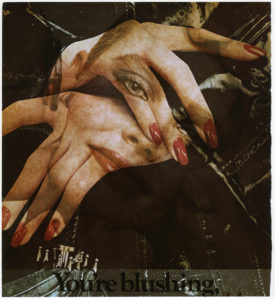
Recto/Verso Portfolio
-
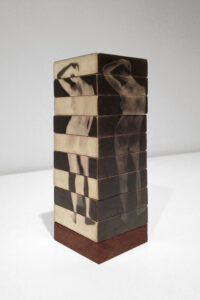
Fractured Figure Sections/Beach (Multiple Solution Puzzle)
-
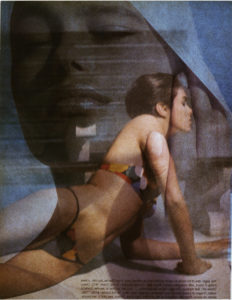
Recto/Verso #8
-
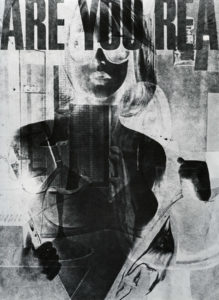
Are You Rea
-
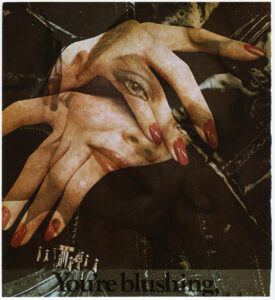
Recto/Verso #2 from Recto/Verso Portfolio
-
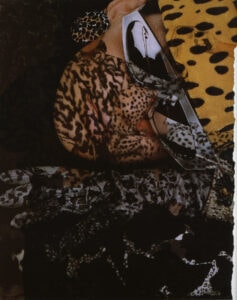
Recto/Verso #1 from Recto/Verso Portfolio
-
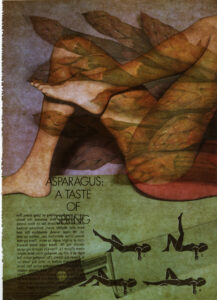
Recto/Verso #3, from "Recto/Verso" Portfolio
-
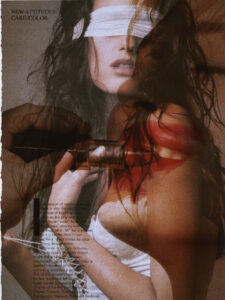
Recto/Verso #4, from "Recto/Verso" Portfolio
-
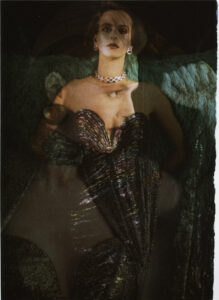
Recto/Verso #5, from "Recto/Verso" Portfolio
-
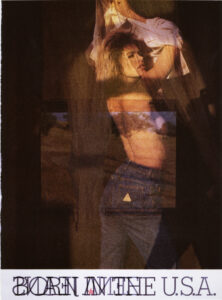
Recto/Verso #6, from "Recto/Verso" Portfolio
-
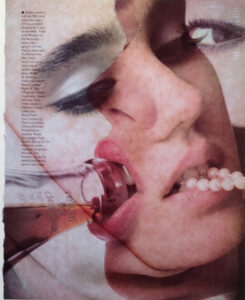
Recto/Verso #7, from "Recto/Verso" Portfolio
-
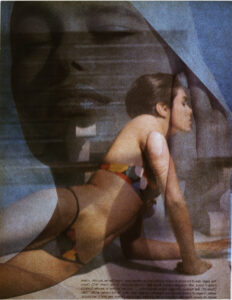
Recto/Verso #8, from "Recto/Verso" Portfolio
-
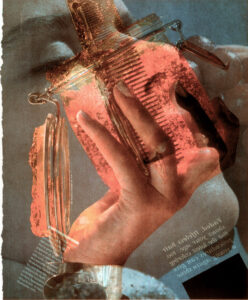
Recto/Verso #9, from "Recto/Verso" Portfolio
-
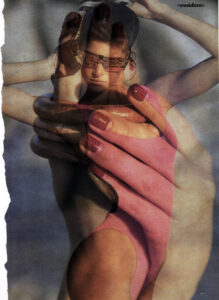
Recto/Verso #10, from "Recto/Verso" Portfolio
-
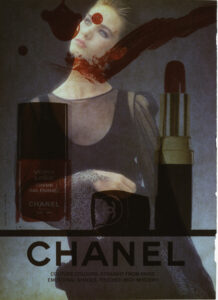
Recto/Verso #11, from "Recto/Verso" Portfolio
-
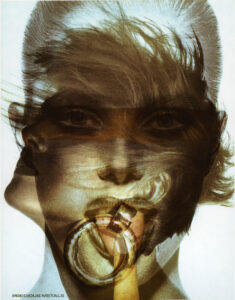
Recto/Verso #12, from "Recto/Verso" Portfolio
-
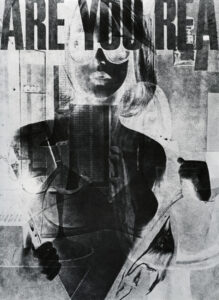
Are You Rea #1, from "Are You Rea" Portfolio
-
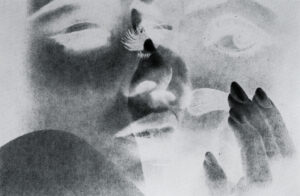
Are You Rea #2, from "Are You Rea" Portfolio
-
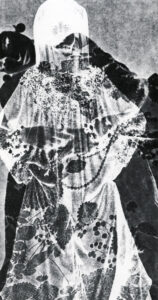
Are You Rea #3, from "Are You Rea" Portfolio
-
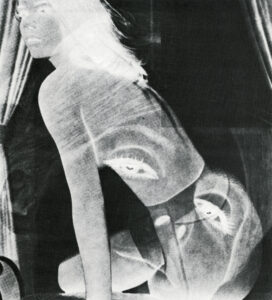
Are You Rea #4, from "Are You Rea" Portfolio
-
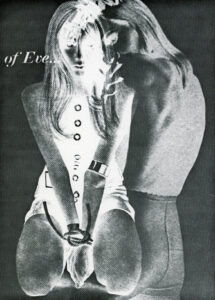
Are You Rea #5, from "Are You Rea" Portfolio
-
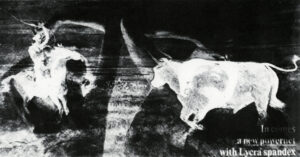
Are You Rea #6, from "Are You Rea" Portfolio
-

Are You Rea #7, from "Are You Rea" Portfolio
-
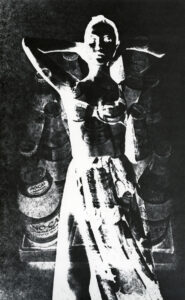
Are You Rea #8, from "Are You Rea" Portfolio
-
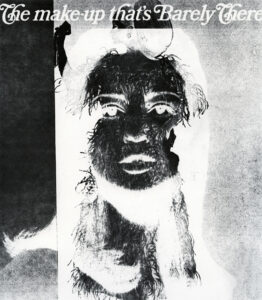
Are You Rea #9, from "Are You Rea" Portfolio
-

Are You Rea #10, from "Are You Rea" Portfolio
-
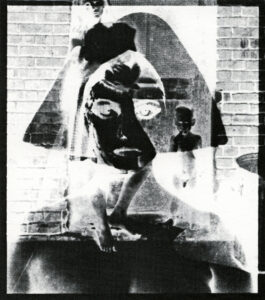
Are You Rea #11, from "Are You Rea" Portfolio
-

Are You Rea #12, from "Are You Rea" Portfolio
-
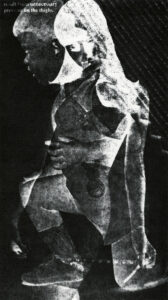
Are You Rea #13, from "Are You Rea" Portfolio
-
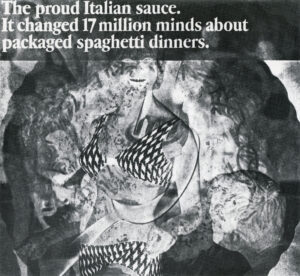
Are You Rea #14, from "Are You Rea" Portfolio
-
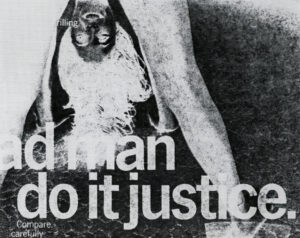
Are You Rea #15, from "Are You Rea" Portfolio
-

Are You Rea #16, from "Are You Rea" Portfolio
-
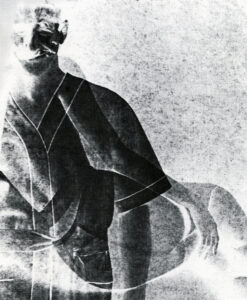
Are You Rea #17, from "Are You Rea" Portfolio
-
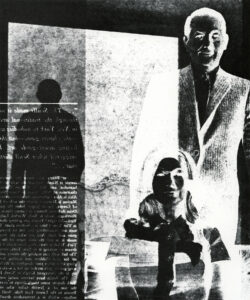
Are You Rea #18, from "Are You Rea" Portfolio
-
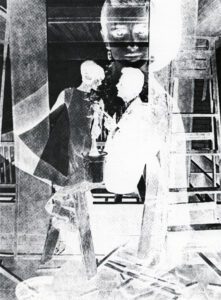
Are You Rea #19, from "Are You Rea" Portfolio
-
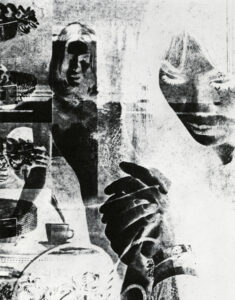
Are You Rea #20, from "Are You Rea" Portfolio
-

Are You Rea #21, from "Are You Rea" Portfolio
-
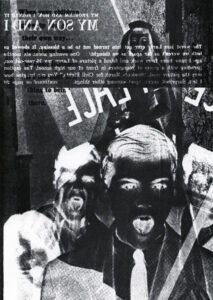
Are You Rea #22, from "Are You Rea" Portfolio
-
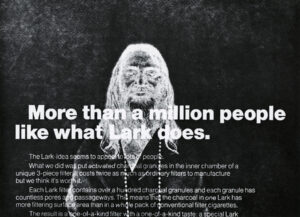
Are You Rea #23, from "Are You Rea" Portfolio
-
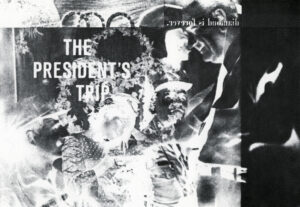
Are You Rea #24, from "Are You Rea" Portfolio
-
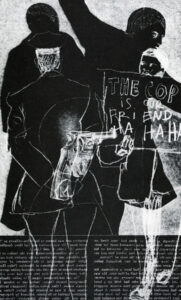
Are You Rea #25, from "Are You Rea" Portfolio